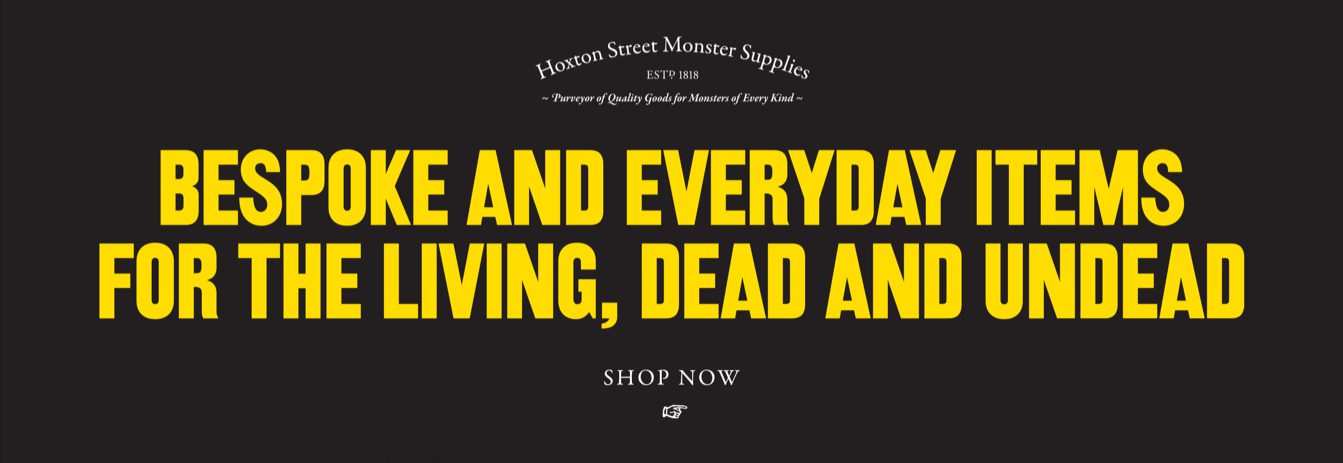Grammar Stories
How did our young writers create the zany characters and quirky stories for their Grammarmations? We asked the groups lots of questions to get their ideas flowing. Have a go with your class and see what stories they create.
Read this as a downloadable lesson plan.
Choosing a focus area of grammar
Your class could work on a grammar topic you’ve recently covered or you could use this as a consolidation activity for grammar studied in previous years. We found our group particularly wanted to write stories for younger children, which allowed them to showcase the areas where they were particularly confident.
Some questions for group discussion at this stage:
- What parts of grammar are you interested in exploring?
- Why do we use this part of grammar?
- What are the rules of it?
- What would happen in a world without it? Jadesola and Eniola’s video contains a lot of examples of these for punctuation.
Moving from grammar to characters
Once the group have chosen a focus grammar topic and are feeling confident, it’s time to get creative.
Here are some suggestions for the kinds of stories your children could write – get them to choose one that interests them:
- They could have characters based on word classes or punctuation (e.g. a character who is a comma, or who is a verb). Have a look at the story of Mr Full Stop by Chidama, Katia, Nancy and Willow.
- Or they could have a character who is living in a world without a particular type of grammar – what problems does that cause? As an example, what happens to the man who doesn’t use adjectives in Jaydn and Nmeso’s film?
- Alternatively, they could have characters struggling to know what to do with an area of grammar. Why do they need it? Who can help them? In Keira and Tilly’s Grammarmation, a panda has to learn where to use an exclamation mark.
Developing the characters
When your pupils have an idea for a plot and some character information, they can think about how to develop their story by fleshing out the characters.
Here are some character questions we find are helpful for prompting more detailed descriptions:
- What is your character and what is their name?
- What are they wearing?
- Where do they live? Where would they like to live?
- Do they have any pets?
- What do they want and what is stopping them from getting it?)
- What are they scared of? Why?
- What is their favourite possession?
- What is their secret?
Age range: Key stage 2-3
Time: 50-60 minute lesson





